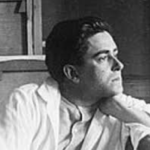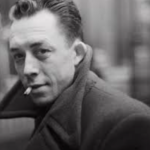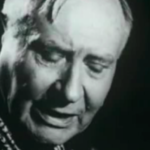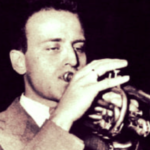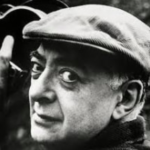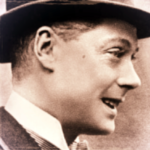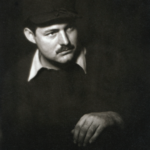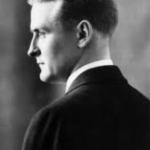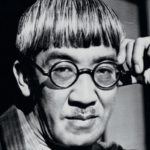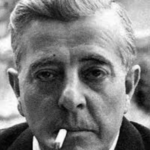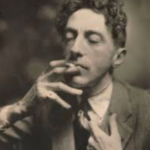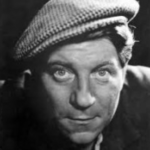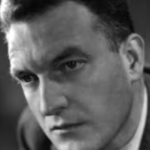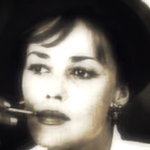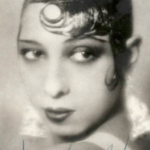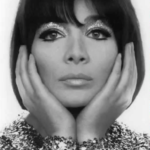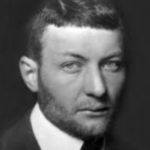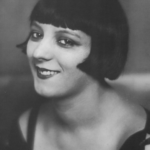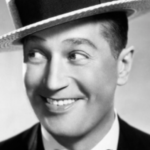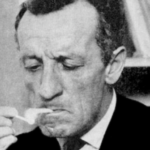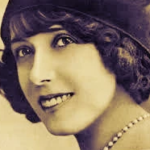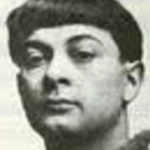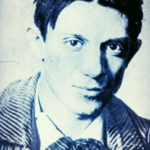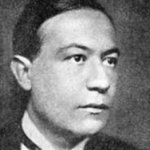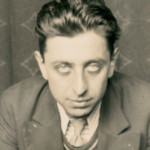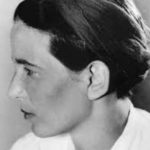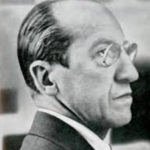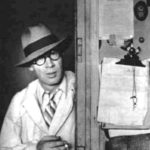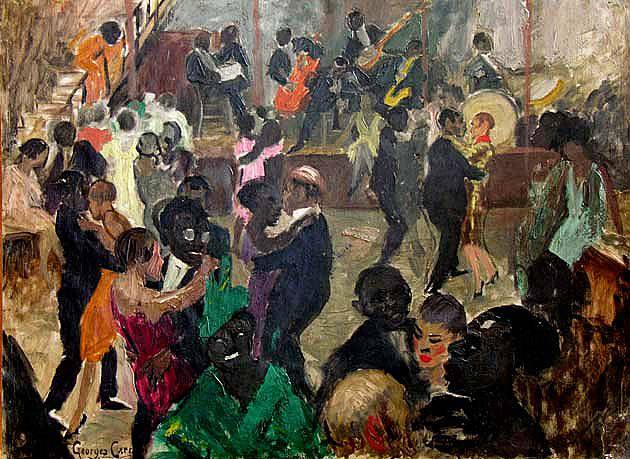
Following the path of La Ruche’s artistic adventure, the « Bal Blomet » night club acquired great renown in the 1920s, especially among members of the « Paris Boheme » and « Tout-Paris », and became one of the symbols of Montparnasse of the Roaring Twenties’. In 1924, Jean Rézard des Wouves, candidate for the Antillais delegation, installed his campaign’s headquarter in Paris’s 15th arrondissement at 33 rue Blomet, near Montparnasse. This former 19th century farmhouse had been converted into a wine merchant then a cabaret.
To attract and retain the scant crowd for his political meetings, Jean Rézard -a better musician than speaker -played music from on the piano inspired by his Caribbean origins, to great success.
As a reaction to the suffering endured under the Great War, the generation of the Roaring Twenties was voracious for entertainment, particularly in musical form, and dreamed of a new world in response to the suffering of the Great War. Passions were high for the new aesthetics and unknown cultures of Surrealism, Dada, Jazz and the Negro arts.
At the 33 rue Blomet, Rezard’s electoral meetings spontaneously turned into music and dance events. With his gift for performing, Rézard gave up on politics and shifted to music. With the blessing of the Bal Blomet’s owner Mr Jouve, Rézard established a regular ball.
The Biguine of the Bal Blomet
The poet Robert Desnos, who lived a few feet away in the artist workshops at 45 rue Blomet, dubbed the establishment « Le Bal Nègre », and it is under this name that the club became known. An article published in the daily newspaper Comoedia described the scene:
« In one of the most romantic neighborhoods of Paris, where each carriage entrance conceals a garden and arbors, an oriental ball has settled. A true ‘Bal Nègre’ where we can spend, on Saturdays and Sundays, an evening far from the Parisian atmosphere. It’s at the 33 rue Blomet, in a great hall adjoining the Jouve tobacco shop, where for nearly half a century, weddings would follow electoral meetings. »
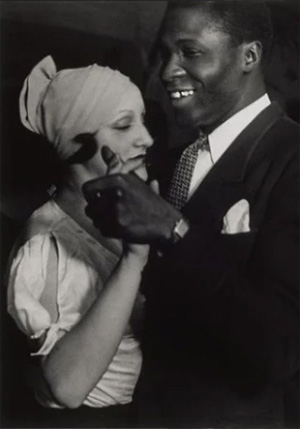
In his biography, « La biguine de l’Oncle Ben’s », Ernest Léardée (1896-1988), described many details about Le Bal Blomet. Léardée, Martiniquan violin and clarinet player and future king of beguine music, succeeded Lézard to preside over the the Bal. In Léardée’s words, « This period probably was the craziest that I have lived. That ball was the hot spot of the capital… And not a single foreigner would leave Paris without having spent at least one night in this unusual place. » Tourists did indeed show up by the busloads, forcing Léardée and Jouve to institute turnover between the groups of patrons and the attractions. According to Léardée, « The address had become so famous in Paris that we only had to tell a taxi driver ’33…’ for him to add ‘…rue Blomet.' »
The Bal Blomet and the artists of Montparnasse
Artists of the Roaring Twenties attended the Bal Blomet religiously, enjoying its exotic ambience. Notable attendees included Joséphine Baker, Maurice Chevalier, Mistinguett, Foujita, Kiki de Montparnasse accompanied by Man Ray or Alexander Calder. The writers Henry Miller, Ernest Hemingway, Francis Scott Fitzgerald would gather there, as would Jean Cocteau, Paul Morand or Raymond Queneau. The painters Joan Miro, André Masson, Francis Picabia, Jules Pascin, Moise Kisling and Kees Van Dongen accompanied Robert Desnos and their surrealist friends. It is said that the Prince of Wales, future Edward VIII ducked out of an official ceremony for an evening of fun at the Bal, providing generous tips for the musicians.
The sound of Sidney Bechet’s clarinet and saxophone filled the ballroom that hosted personalities who later made the cafés and night spots of Saint-Germain-des-Prés legendary: Jean-Paul Sartre, Simone de Beauvoir, Boris Vian, Albert Camus, Jacques Prévert and Mouloudji. Juliette Greco was courted there by Maurice Merleau-Ponty.
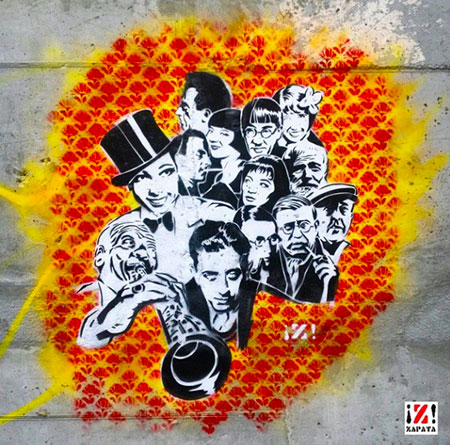
In Simone de Beauvoir’s 1960 autobiography, La Force de l’âge (The Prime of Life), she described evenings spent at the Bal: « On Sunday evenings we would abandon the chic, if bitter, haunts of skepticism. (…). I enjoyed watching the dancers, and I drank rum punch, and what with the noise and the smoke and the fumes of alcohol, and the violent rhythms banged out by the orchestra, my mind would welcome quite dazed. Though this fog a sequence of handsome, laughing faces passed bye. My heart beat a little faster when the uproarious final quadrille burst upon us. This explosion of cheerful, festive bodies seemed to be closely bound up with my own urge to live. »
In 1928, what would become a famous news item made the headlines: Jane Weiler, a rich industrialist’s daughter, killed her husband while returning from a night spent at the Bal. The press seized the opportunity to criticize the life of easy pleasure lead by worldly and high bourgeois society. During Mrs. Weiler’s trial, the newspaper Detective printed the following headline: « From the Bal Nègre to the courthouse. »
« The Ubu Bal »
In the Spring of 1929, Mado Anspach organized the memorable “Bal Ubu,” Montparnasse’s last great celebration at the Bal, place of ceaseless feasts. “There, [at Le Bal Blomet,] Montparnasse initiated herself to the biguine. Robert Desnos lived next door. An article in Comoedia launched the establishment. Youki came to the Bal Ubu disguised as a queen, wearing a dress with a train and long blond braids. Kiki led the dancing, disheveled and indefatigable. The painter Foujita was dressed as a prostitute. A barrel had a hole drilled in it and champagne was distributed by the bottle.”
During the Second World War, Nazi occupiers forbade the Bal Blomet’s activities, and the club went dark. Activities resumed after the war with other orchestras from 1945 to 1962, but the Bal never recovered its former aura and success. The establishment reverted to a simple café until 1989, when it became a Jazz club under the name of Saint-Louis Blues, which eventually closed in 2006.
The Bal Blomet inspired many artists to capture the club’s essence in their works, including the painters Kees Van Dongen (« Josephine Baker au Bal Nègre ») and Francis Picabia (« Bal Nègre »), the draughtsman Paul Colin and the photographers Brassai and Elliott Erwitt. Filmmakers also used the site as a location. In La Petite Lise (1930), filmmaker Jean Grémillon staged the Bal Nègre with its musicians and dancers in their own roles. In 1954, Jacques Becker filmed Jean Gabin and Jeanne Moreau there in « Touchez pas au grisbi ».
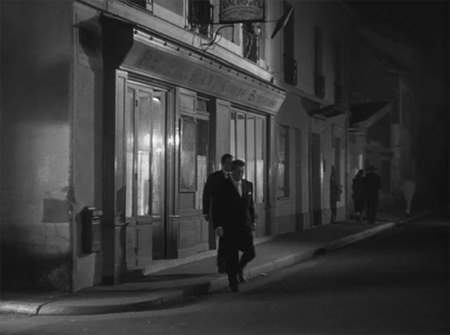
A New Music Venue on the Left Bank
An ambitious project of architectural and cultural reconstitution of the historic Bal Blomet — previously threatened with destruction — has been underway since 2012. The project will allow this important site of Montparnasse’s « Années Folles » to be reborn, rediscovering the spirit of its grand era.
The new Bal Blomet is being restored according to its original spirit, with its multi-level performance hall. Its new conception brings the establishment up to contemporary code and acoustics, creating an unparalleled performance experience for both artists and audiences. The interior architecture, with its primary materials, metallic armature and exposed brick, is inspired largely by the 15th arrondissement‘s industrial past.
Beginning in 2017, in addition to a music performance space, the new Bal Blomet offers a multimedia art cabaret dedicated to the alignment of art and popular culture in music, film, musical theatre and the fine arts. A place of exchange and sharing, the purpose of the Bal is to develop a link between art and entertainment, establishing a creation space that brings together artists and the public. The space is designed to favor the arts in their globality, welcoming tradition as well as experimentation, presenting jazz as well as world music performances, classical and contemporary music as well as musical theatre.
They went to the Bal Blomet… What about you ?
- Francis Picabia
- Albert Camus
- Alexandre Calder
- André Gide
- André Masson
- Boris Vian
- Brassai
- Edouard VIII
- Ernest Hemingway
- Francis-Scott Fitzgerald
- Foujita
- Jacques Prevert
- Jean Cocteau
- Jean Gabin
- Jean Gremillon
- Jeanne Moreau
- Jean-Paul Sartre
- Joan Miro
- Josephine Baker
- Juliette Gréco
- Kees Van Dongen
- Kiki de Montparnasse
- Man Ray
- Maurice Chevalier
- Maurice Merleau Ponty
- Mistinguett
- Moïse Kisling
- Pablo Picasso
- Paul Morand
- Raymond Queneau
- Robert Desnos
- Simone de Beauvoir
- Piet Mondrian
- Henry Miller


